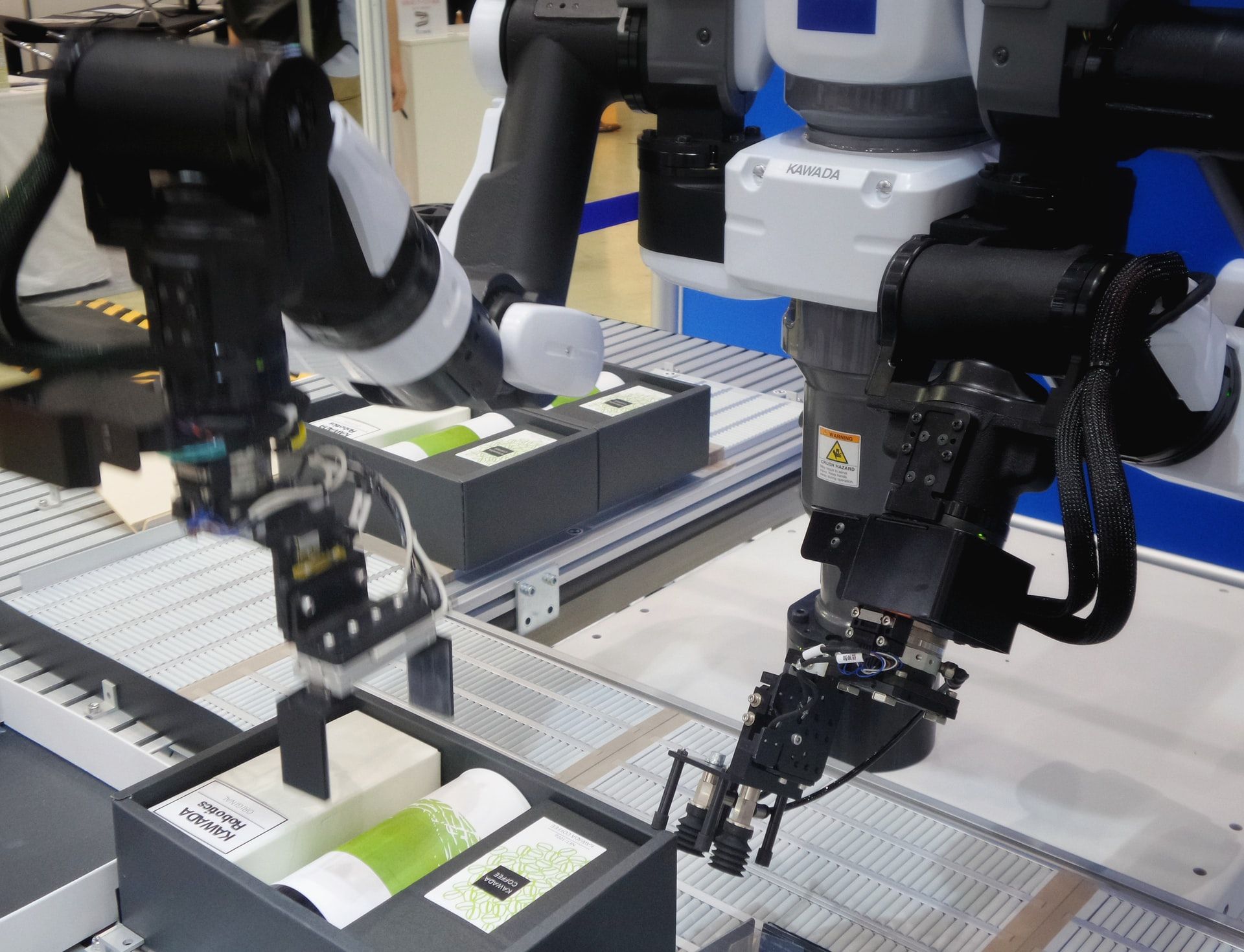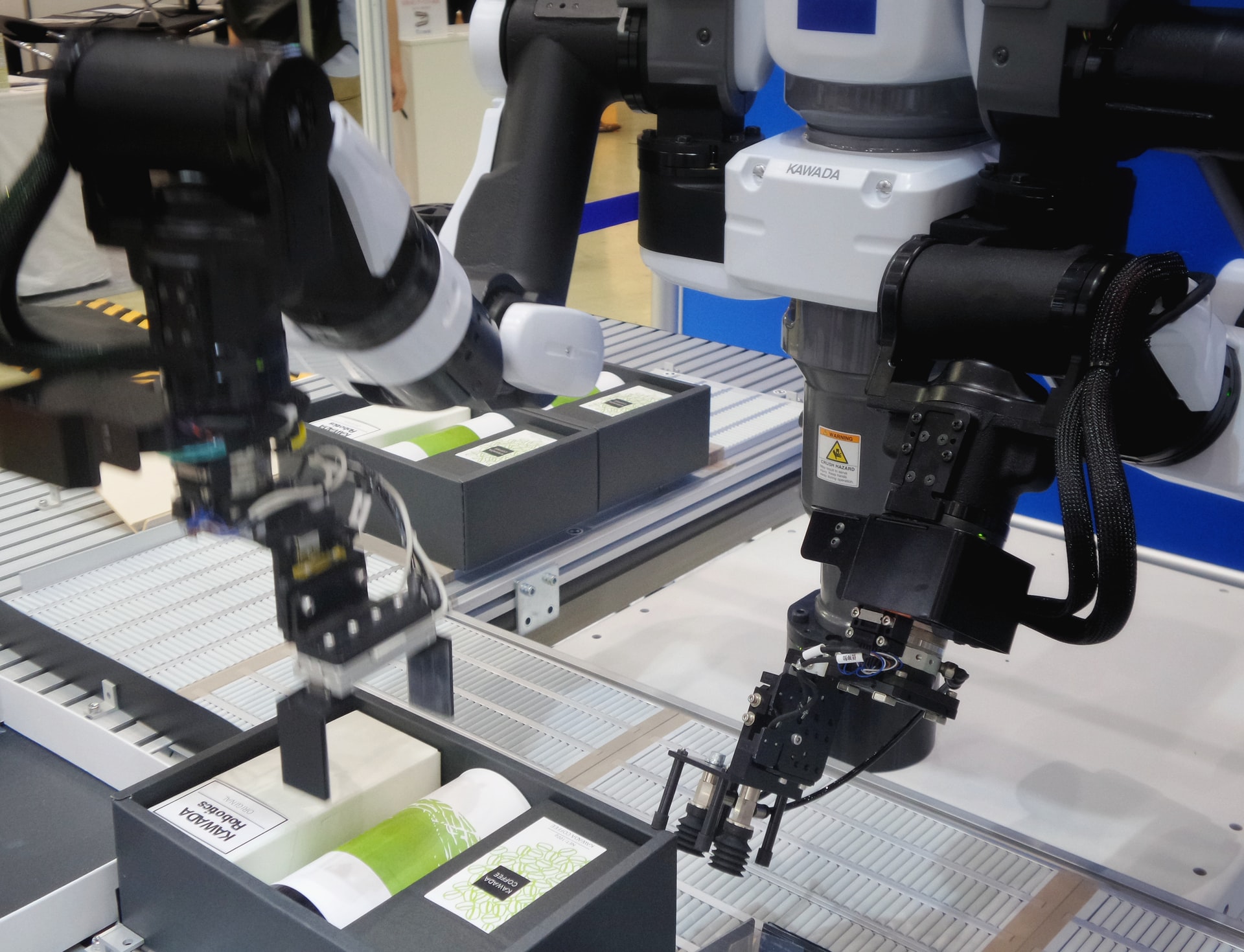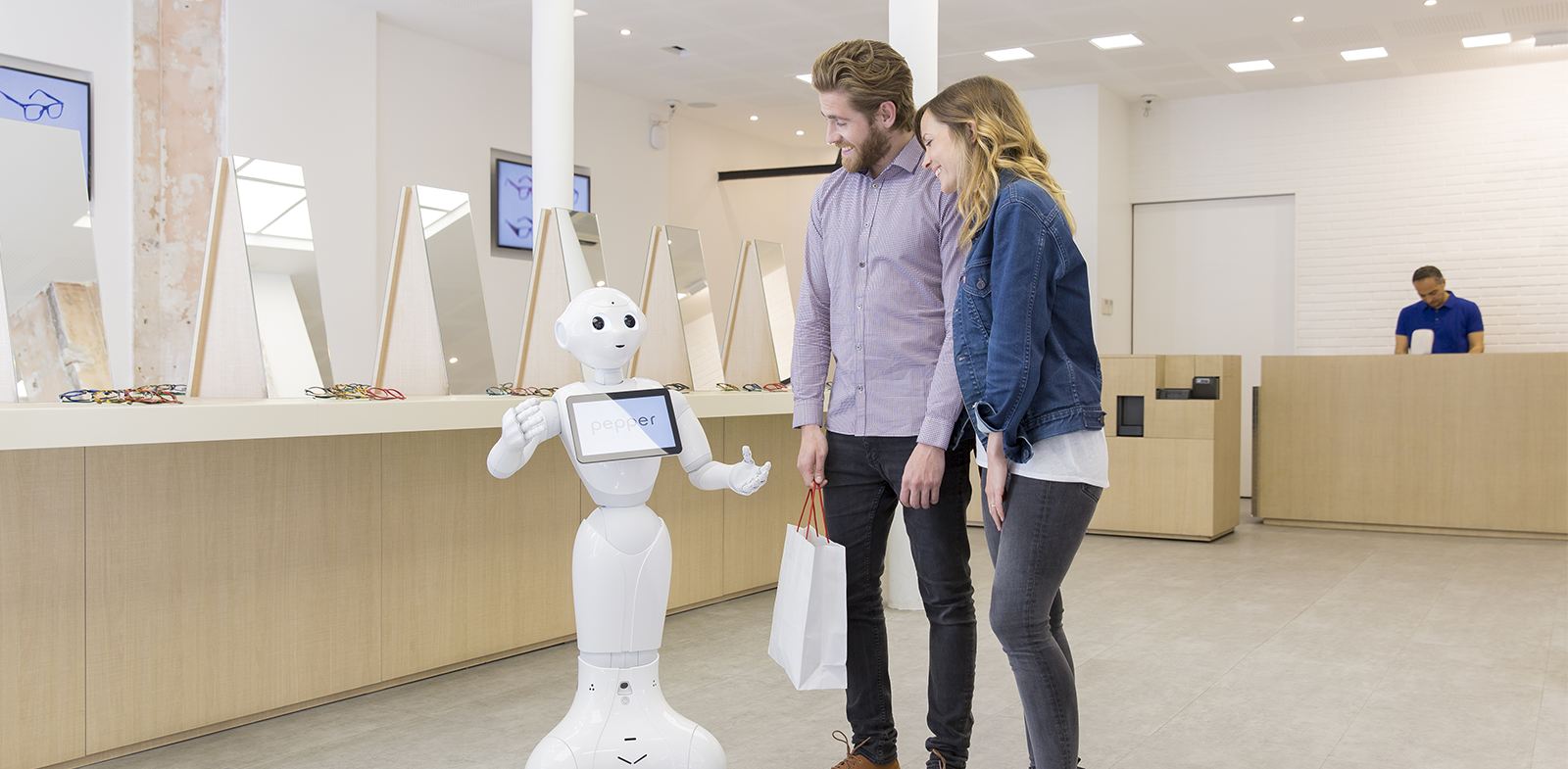-
I Need AdviceFree Consultation

The Role of Collaborative Robots in Industry 5.0
By Robotics Online Marketing Team
 Photo by Possessed Photography on Unsplash
Photo by Possessed Photography on Unsplash
For many years, the goal of the manufacturing industry has been simple -- create smart, automated production flows that emphasize digital communication and the collection of data to continuously optimize production.
This model of production is known as Industry 4.0, which is really an umbrella term that lumps together a variety of things like cyber-physical systems, the internet of things, cloud computing, cognitive computing, and artificial intelligence.
But there may be an even better system – one that emphasizes collaborative robotics and values human input
Industry 5.0
In contrast to Industry 4.0, Industry 5.0 aims to put the human touch back into development and production. Industry 5.0 is all about granting human operators the benefits of robots such as technical precision and heavy-lifting capabilities. This ability for humans to perform difficult or laborious tasks with relative ease will allow the introduction of a higher degree of control and the ability to individualize every phase of production.
The benefits of an Industry 5.0 model include greater potential for customization which, unlike automated Industry 4.0 systems, will allow for greater job creation. Not just any job, but long-term, high-value careers. Let the robots do the boring, dangerous, and dirty stuff and let the humans do the creative, interesting stuff. Dubbed “new collar” workers, these roles do not require a 4-year degree, but rather require significant technical and soft skills, and will be the future of manufacturing.
Collaborative Robots Are Ushering in Industry 5.0
Where Industry 4.0 was focused mainly on ensuring consistency of quality, flow, and data collection, Industry 5.0, while still focused on these goals, puts more attention on highly-skilled people and robots working side-by-side to create individualized products, from smartphones to cars, for the customer.
In Industry 4.0, humans and robots worked independently. They may have worked on the same production line but there were clear delineations between where the robot worked and where the human worked.
With Industry 5.0, that delineation gets hazier as humans and robots start to work side-by-side and even together. These types of robots are known as collaborative robots and will accomplish the required tasks of heavy lifting and ensuring consistency while the skilled human provides the cognitive skills of a craftsperson.
Robots can change the relationship between man and machine in the context of production.
The Human Touch
One of the most important implications of collaborative robotics and Industry 5.0 is the need for human input that extends beyond current iterations. Cobots allow humans and robots to work together on the same task. For example, a robot can do the rough polishing of speaker cabs, while a human refines the work and does on-the-spot quality control.
Collaborative Robots and Industry 5.0 represent a new age in robotics and production.
Discover more about Business and Robots with RobotLAB!

You May Also Like
These Stories on Robotics
Subscribe by Email
*If you have questions related to how we use your data, please refer to our privacy policy link here.
RobotLAB Inc
1981 N Broadway
Walnut Creek, CA 94596
+1(415)702-3033




No Comments Yet
Let us know what you think